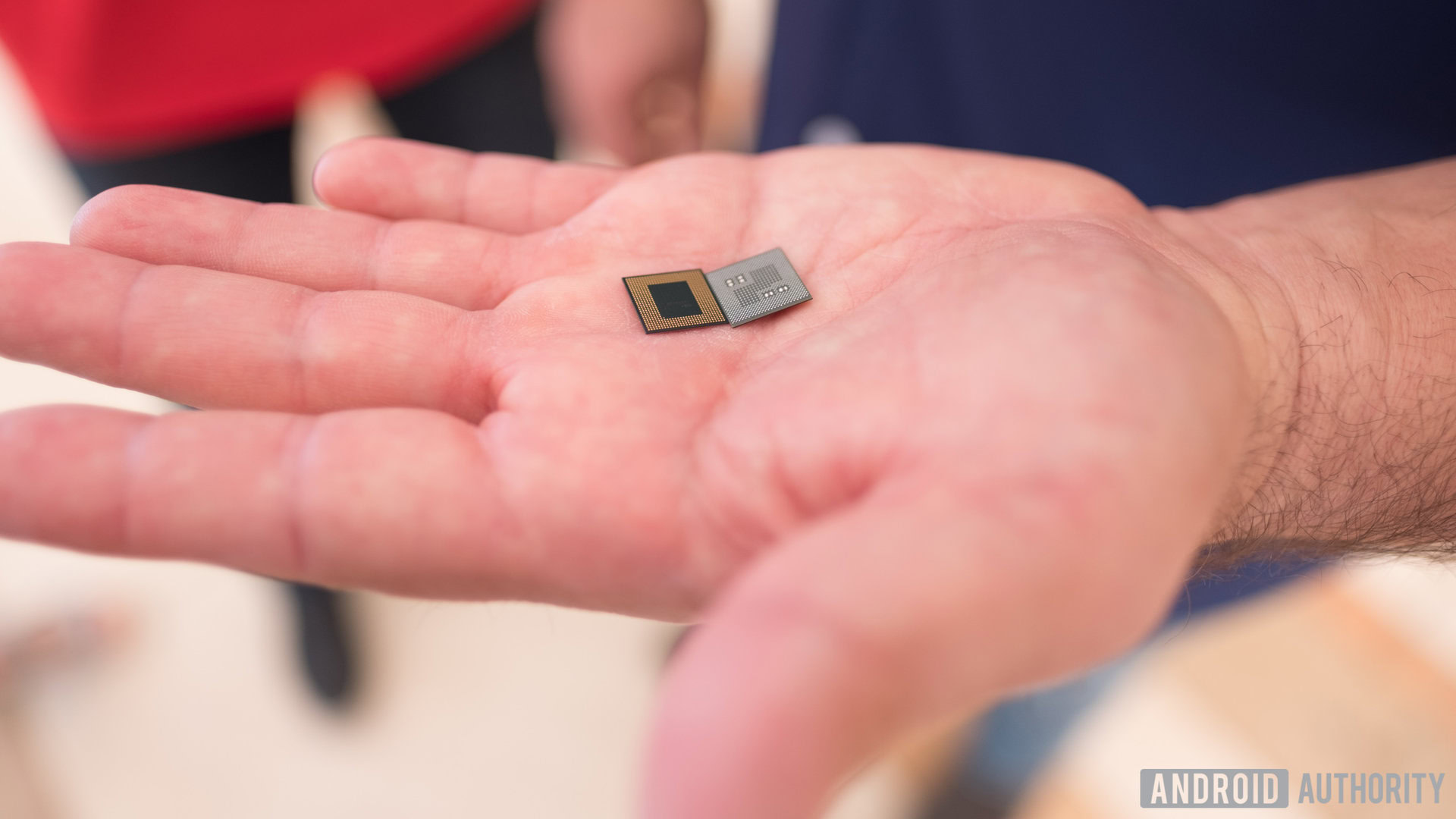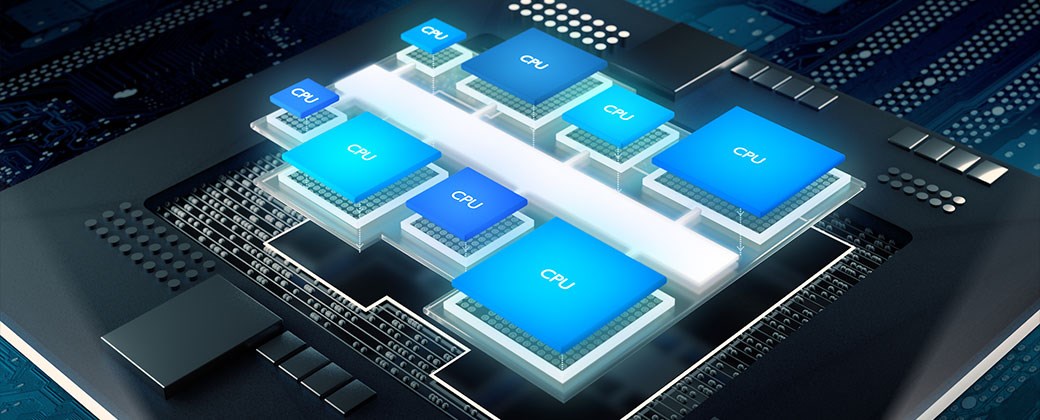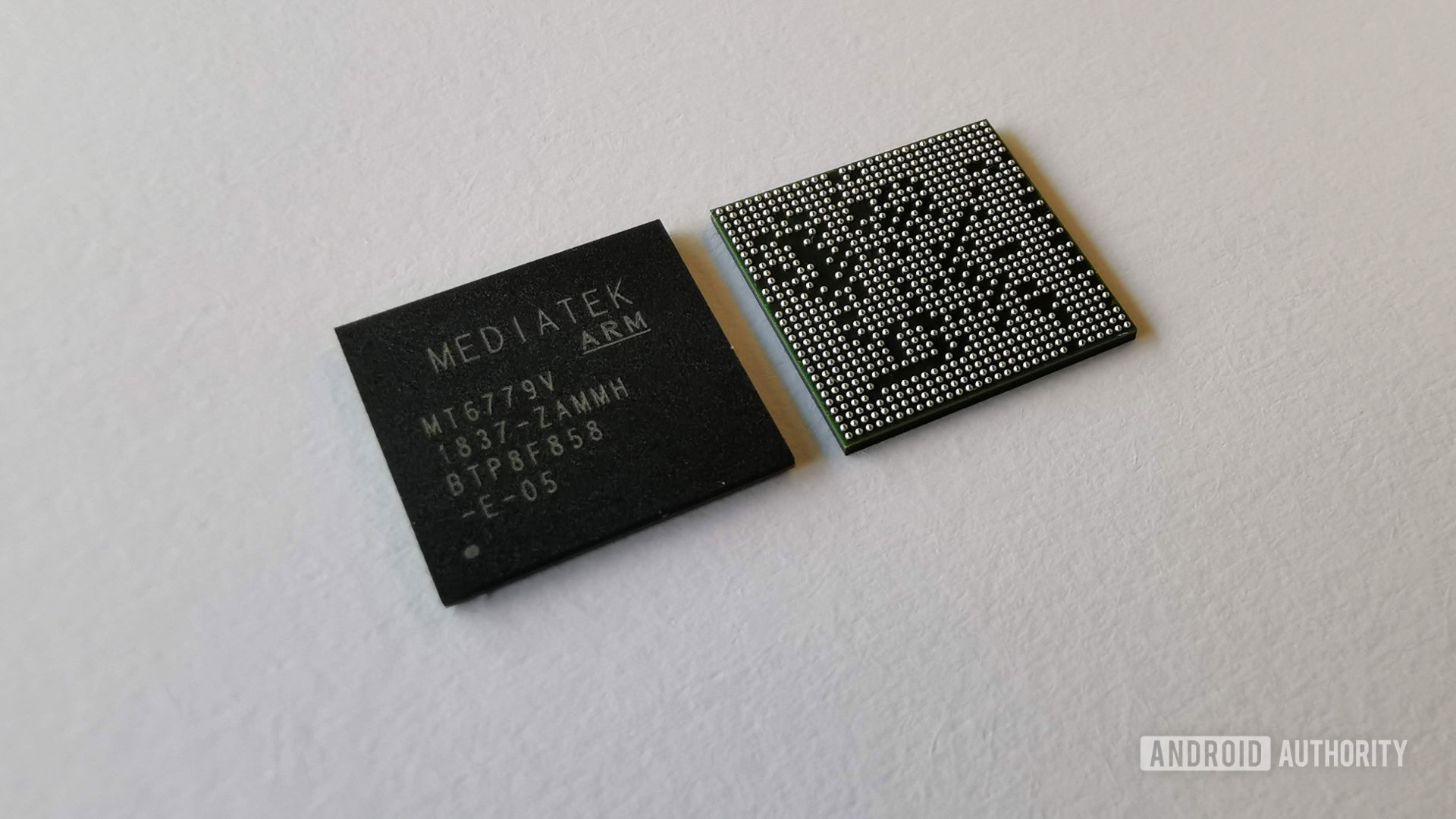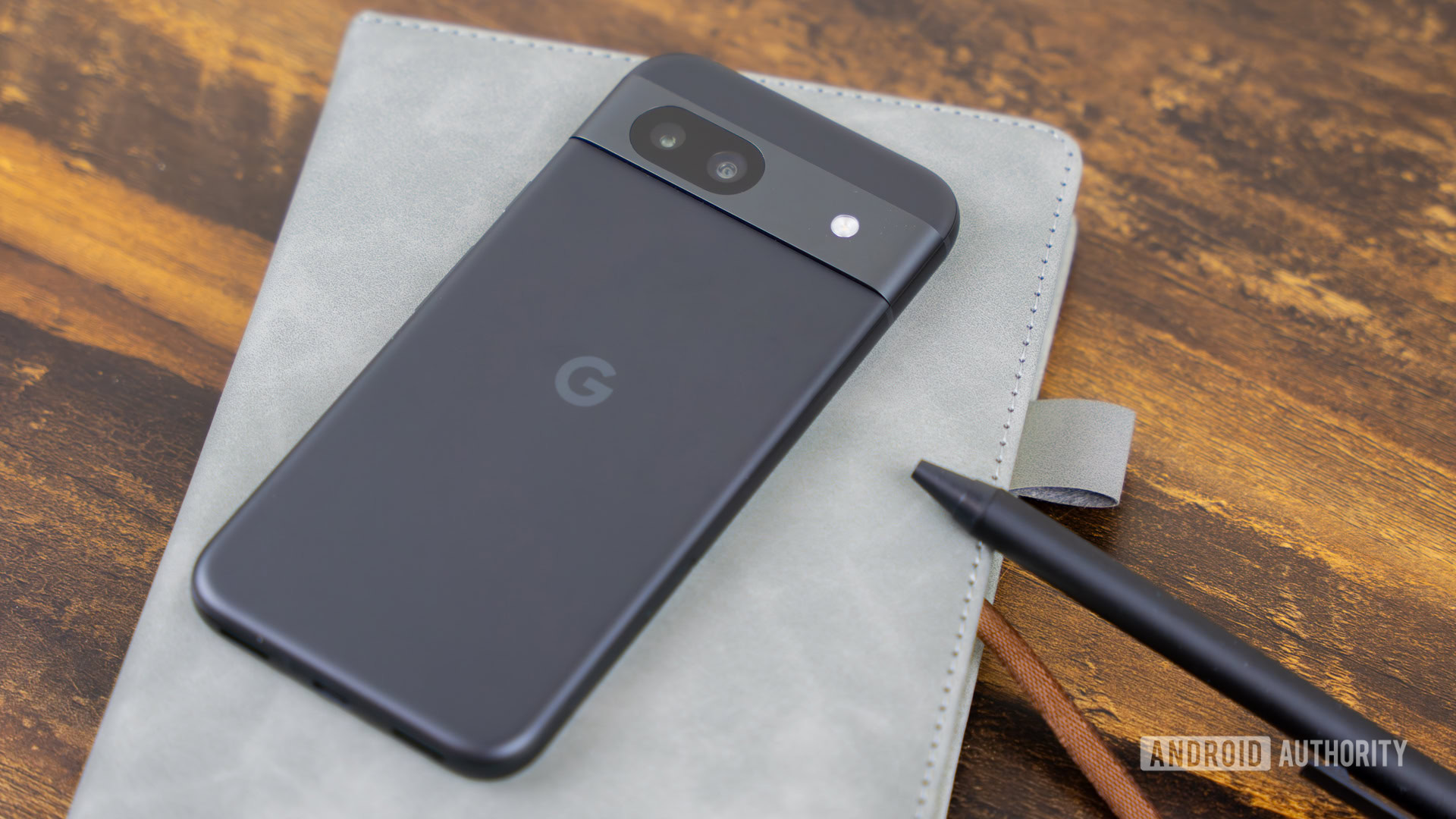Affiliate links on Android Authority may earn us a commission. Learn more.
The best mid-range smartphone processors of 2019
February 2, 2019

Every year there’s a heated battle for the title of the best flagship smartphone processor, but few pay much attention to the equally important cost-effective smartphone market. Let’s put that right by breaking down what’s available from chip manufacturers in the sub $500 and sub $250 price brackets.
The introduction of cost-effective phones packing flagship-grade SoCs, like Xiaomi’s Pocophone F1, have upset how we traditionally look at the performance potential of inexpensive smartphones. I’m not going to talk about the Snapdragon 845. We’ve covered it elsewhere and it certainly doesn’t appear in many mid-range smartphones. Instead, we’re looking at chips that already pop up more commonly in these price segments.
Best chips in sub $500 phones
Most upper mid-range smartphones on the market feature 2017’s Qualcomm Snapdragon 660. Handsets like the Nokia 7 Plus, Samsung Galaxy A9, OPPO R11 all use it, as do cheaper phones like the Xiaomi Mi A2. The newer Snapdragon 675 will likely end up replacing the 660 in mid-tier products throughout 2019 like the HiSense U30.
The closest competitor in this space is HUAWEI’s Kirin 970. The chip launched in as a flagship in 2017 but quickly trickled down into more cost-effective HONOR handsets like the HONOR 10 and the HONOR View 10. However, these models don’t usually compete quite as well as HUAWEI’s flagship phones in benchmark tests, but still offer decent performance for cheaper handsets. Samsung also makes processors that fit neatly into this category. The Exynos 7885 powers its Galaxy A8 series of phones and the Exynos 9610 will replace it soon.
| Snapdragon 660 | Kirin 970 | Exynos 7885 | |
|---|---|---|---|
CPU | Snapdragon 660 4x Kryo 260 @ 2.2GHz (Cortex-A73) 4x Kryo 260 @ 1.8GHz (Cortex-A53) | Kirin 970 4x Cortex-A73 @ 2.4GHz 4x Cortex A53 @ 1.8GHz | Exynos 7885 4x Cortex-A73 @ 2.2GHz 4x Cortex-A53 @ 1.6GHz |
GPU | Snapdragon 660 Adreno 512 | Kirin 970 Mali-G72 MP12 | Exynos 7885 Mali-G71 MP2 |
RAM | Snapdragon 660 LPDDR4X | Kirin 970 LPDDR4X | Exynos 7885 LPDDR4X |
AI | Snapdragon 660 Hexagon 680 with HVX | Kirin 970 NPU | Exynos 7885 No |
Modem | Snapdragon 660 600Mbps download 150 Mbps upload | Kirin 970 1200Mbps download 150Mbps upload | Exynos 7885 600Mbps download 150Mbps upload |
Cameras | Snapdragon 660 24MP single, 16+16MP dual | Kirin 970 40MP single | Exynos 7885 21.7MP single, 16+16MP dual |
Process | Snapdragon 660 14nm FinFET | Kirin 970 10nm FinFET | Exynos 7885 14nm FinFET |
All of these current generation processors feature a combination of powerful Cortex-A73 or similar high-performance processors, paired with four lower power Cortex-A53 cores. The only letdown is in the graphics department, especially with Samsung’s Exynos chip. The two core Mali-G71 design is not going to cut it for 3D games.
Qualcomm, MediaTek, and HUAWEI chips in this category already pack in AI processing capabilities, something absent from Samsung’s mid-tier Exynos products. HUAWEI’s flagship chip leads the field with a better modem, but the others are essentially comparable in this regard. Most likely, you’re probably looking at a Qualcomm or HUAWEI chip in this segment for the best all-rounders.
Upcoming chips
Next generation products, with the exception of Samsung’s mid-range Exynos 9610, switch over to Arm core designs compatible with DynamIQ cluster configurations. This technology has previously been reserved for high-end SoCs and will make them more efficient multi-taskers.

The Qualcomm Snapdragon 675 and MediaTek Helio P90 move to 2+6 core configurations, but we shouldn’t expect any major performance drops. Two Cortex-A75 or A76 cores is plenty of power for most heavy lifting tasks a smartphone can expect. Their enhanced cache and close cluster design means the chips can handle the burst nature of these task types more efficiently than before.
Another notable improvement to some of these chips is in the AI/machine learning hardware. Qualcomm continues to beef up its DSP capabilities slightly over the previous generation. However, the MediaTek Helio P90 introduces a dedicated Inference Engine developed in house, in conjunction with its existing DSP from Tensilica. On paper, this looks to make the P90 a real powerhouse in the machine learning department.
| Snapdragon 675 | Helio P90 | Exynos 9610 | |
|---|---|---|---|
CPU | Snapdragon 675 2x 2.0GHz Kryo 460 (Cortex-A76) 6x 1.7GHz Kryo 460 (Cortex-A55) | Helio P90 2x Cortex-A75 @ 2.2 Ghz 6x Cortex-A55 @ 2.0 Ghz | Exynos 9610 4x Cortex-A73 @ 2.3GHz 4x Cortex-A53 @ 1.6GHz |
GPU | Snapdragon 675 Adreno 612 | Helio P90 IMG 9XM-HP8 | Exynos 9610 Mali-G72 MP3 |
RAM | Snapdragon 675 LPDDR4X | Helio P90 LPDDR4X | Exynos 9610 LPDDR4X |
AI | Snapdragon 675 Hexagon 685 with HVX | Helio P90 Tensilica DSP and in-house Inference Engine | Exynos 9610 No |
Modem | Snapdragon 675 600Mbps download 150Mbps upload | Helio P90 600Mbps download 150Mbps upload | Exynos 9610 600Mbps download 150Mbps upload |
Cameras | Snapdragon 675 25MP single, 16+16MP dual | Helio P90 48MP single, 25MP + 16MP dual | Exynos 9610 24MP single, 16+16MP dual |
Process | Snapdragon 675 11nm LPP FinFET | Helio P90 12nm FinFET | Exynos 9610 10nm FinFET |
Again, Samsung’s Exynos chip lacks the GPU horsepower of its competition. There’s a small performance improvement with the move to a Mali-G72 MP3 in the Exynos 9610, but that’s won’t make up the gap. Overall, it won’t have much more to offer than a mild GPU advantage over the budget-oriented Exynos 7904 (more of that chip later).
While a smaller 10nm FinFET process is a small win, Samsung’s mid-tier chips fall behind in the key metrics. The Exynos 9610 uses older CPU cores, a much weaker GPU configuration, and misses out on the AI technologies becoming increasingly common in other platforms.
Overall, Qualcomm is continuing to provide very well rounded packages for the mid-tier smartphone market. MediaTek’s latest Helio P products continue to be interesting and powerful alternatives, but devices with them are often a little harder to come by. As for Samsung’s Exynos, I’d look for alternative chips in my next ~$400 smartphone.

Best SoCs in sub $250 handsets
Questionable, low-performance SoCs have plagued the sub-$250 segment for awhile. Many used eight low power Cortex-A53 CPU cores, which don’t possess quite enough grunt for heavier tasks like gaming. Popular chipsets in this category include HUAWEI’s Kirin 650, Qualcomm Snapdragon 450, Exynos 7870, and a huge range of MediaTek octa-core chips.
Phones sporting these chipsets are still on the market, but we suggest you avoid them these days where possible. The most recent low-cost processor announcements promise notable boosts to performance, owing to the adoption of bigger powerful Cortex-A73 cores into the latest SoCs.
Features are still cut down in this price segment, but the recent Exynos 7904 and Snapdragon 636 offer most of what you’ll need — though don’t expect any nifty AI features. Modem specifications can also be on the slow side and LPDDR3 RAM is still sticking around in some products, so keep an eye on those spec sheets.
| Exynos 7904 | Snapdragon 636 | Kirin 710 | |
|---|---|---|---|
CPU | Exynos 7904 2x Cortex-A73 @ 1.8GHz 4x Cortex-A53 @ 1.6GHz | Snapdragon 636 4x Kryo 260 (Cortex-A73) @ 1.8GHz 4x Kryo 260 (Cortex-A53) @ 1.8GHz | Kirin 710 4x Cortex-A73 @ 2.2GHz 4x Cortex-A53 @ 1.7GHz |
GPU | Exynos 7904 Mali-G71 MP2 | Snapdragon 636 Adreno 509 | Kirin 710 Mali-G51 MP4 |
RAM | Exynos 7904 LPDDR4X | Snapdragon 636 LPDDR4 | Kirin 710 LPDDR4X |
Ai | Exynos 7904 No | Snapdragon 636 Hexagon 680 DSP | Kirin 710 No |
Modem | Exynos 7904 600Mbps download, 150Mbps upload | Snapdragon 636 600Mbps download, 150Mbps upload | Kirin 710 600Mbps download, 150Mbps upload |
Cameras | Exynos 7904 32MP single or 16+16MP dual | Snapdragon 636 24MP single / 16+16MP dual | Kirin 710 |
Process | Exynos 7904 14nm FinFet | Snapdragon 636 14nm FinFet | Kirin 710 12nm FinFET |
The Exynos 7904 upgrade to its RAM, GPU, and LTE modem over the last-gen 7872, doubling the Mali-G72 core count to two. This should make it much more competitive, capable of handling some games reasonably smoothly. As you can see from the first table, the 7904 shares a lot of similarities to the old Exynos 7885, which has been found above the $250 price bracket. The Exynos 7904 made its debut inside the sub-$200 Samsung Galaxy M20, but we’ll have to see if the chip makes an appearance outside of India.

The Kirin 710 powers a number of budget-friendly HONOR handsets, and bridges the gap with mid-range SoCs like the Snapdragon 636, much like the Exynos 7904. The chip’s LPDD4X memory options gives its weak appearing Mali-G52 MP4 GPU component a boost to bandwidth, which helps it punch slightly above its weight with gaming, but it’s hardly a high-end performer. The superior 4G LTE modem also bests a lot of other products in this range. There’s a reason HONOR handsets are pretty compelling at low price points.
The Snapdragon 632 is Qualcomm’s latest product aimed at the budget market, replacing the Snapdragon 450. However, the older Snapdragon 636 actually has better LPDDR4 RAM, a more powerful Adreno 509 GPU, and a 600Mbps compliant LTE modem. It looks like a better rival to new products from Samsung and HUAWEI, and already common in low-cost phones. I’d recommend the 636 over the 632.
A lot of competing chipsets fall into this price range, some newer and some older. On the whole, aiming for a Snapdragon 600 series, Kirin 710, Exynos 7904, or even stretching to a MediaTek Helio P60 should ensure decent performance on a budget.
Overall, there are some good SoC choices if you’re on a budget, even in phones under $250. However, you have to be increasingly careful which chip you pick as the price gets lower.
It’s essential to take the entire package into account, not just looking at big CPU cores and high clock speeds. Samsung’s budget Exynos chips are prime examples of this. They offer decent CPU specs, but not much else. Gaming, AI, and camera demands have become more prominent lately, and they’re things to keep in mind, especially at these price points.